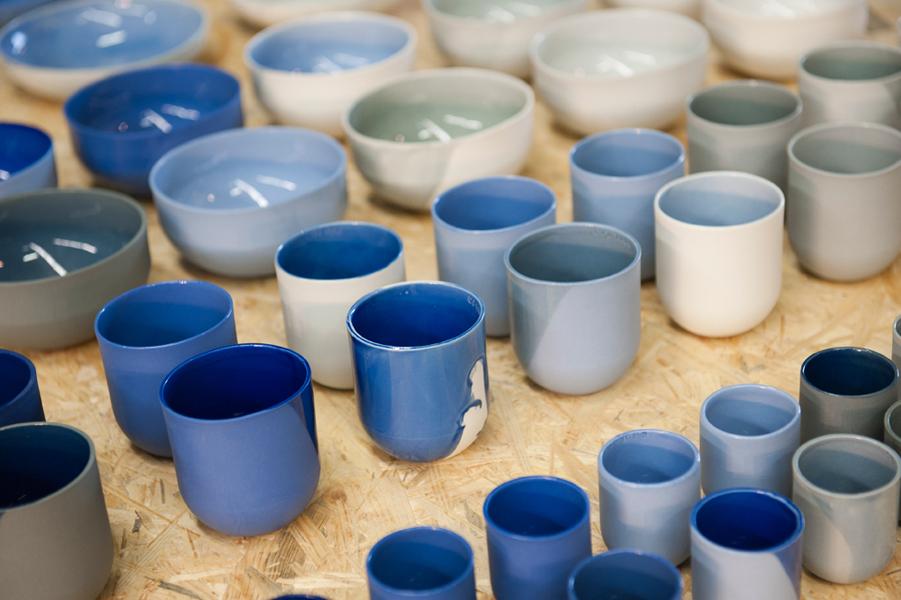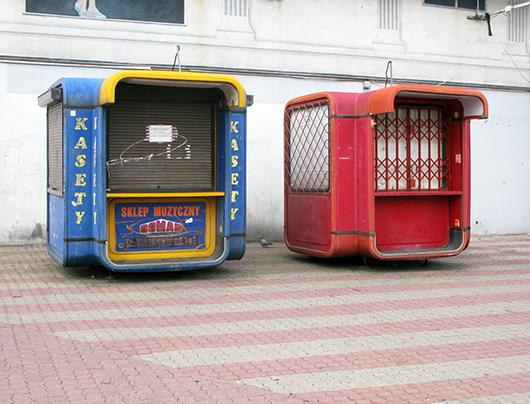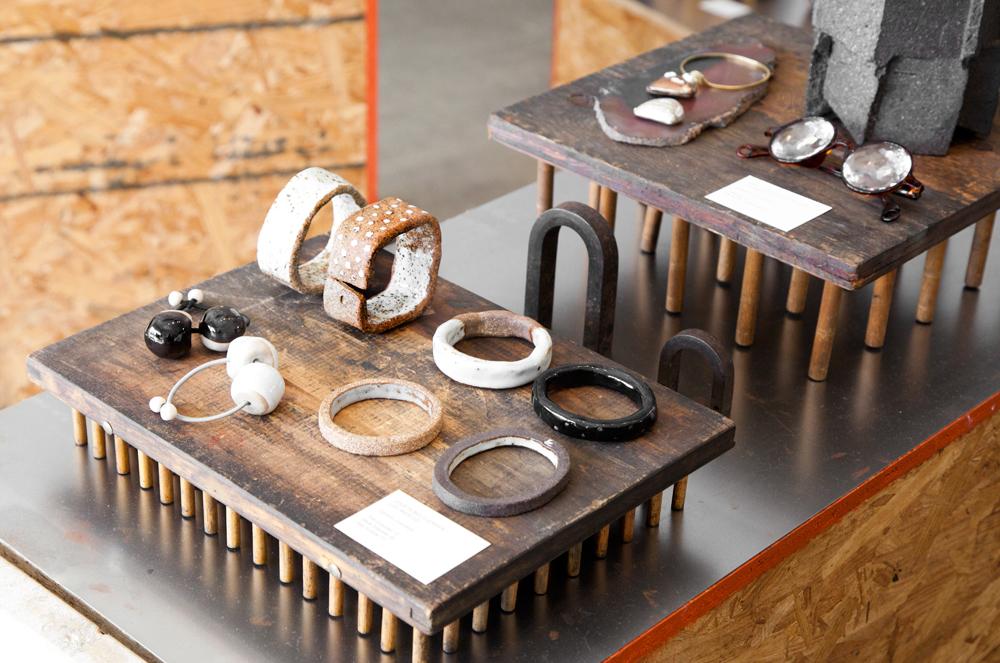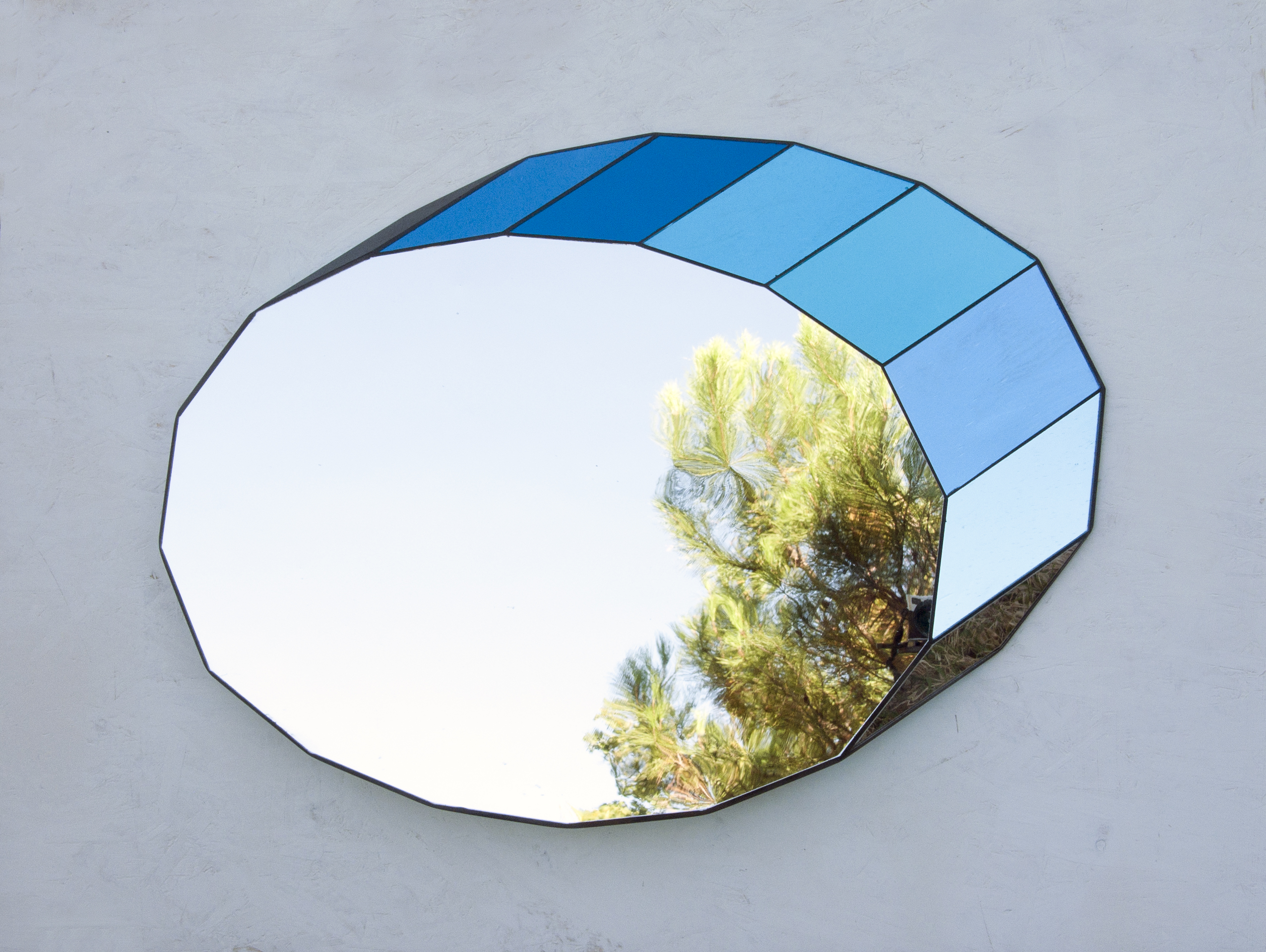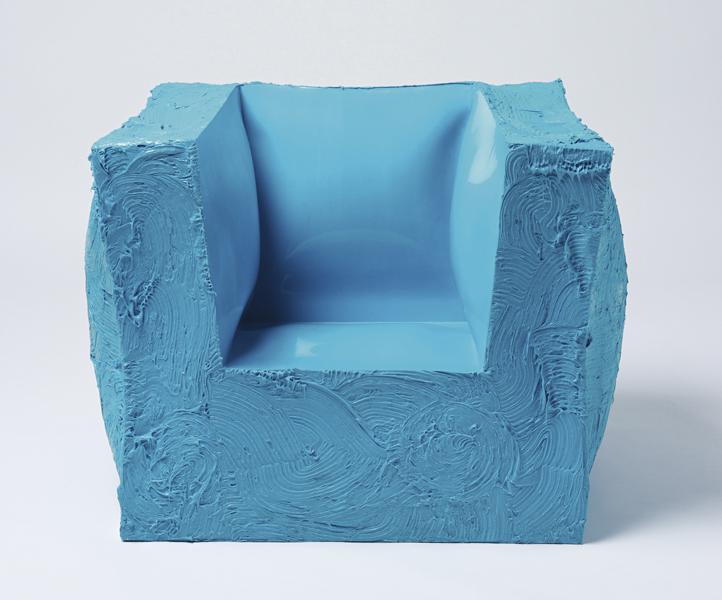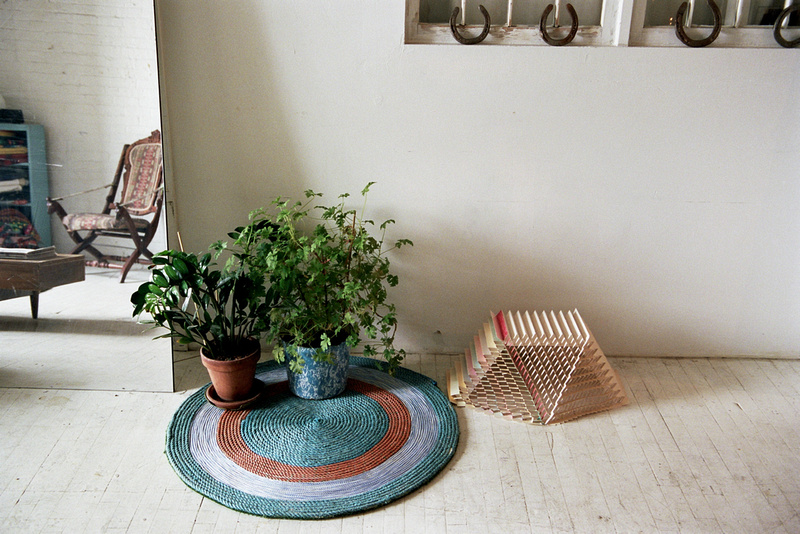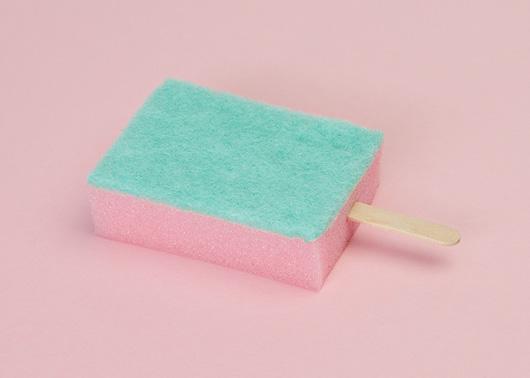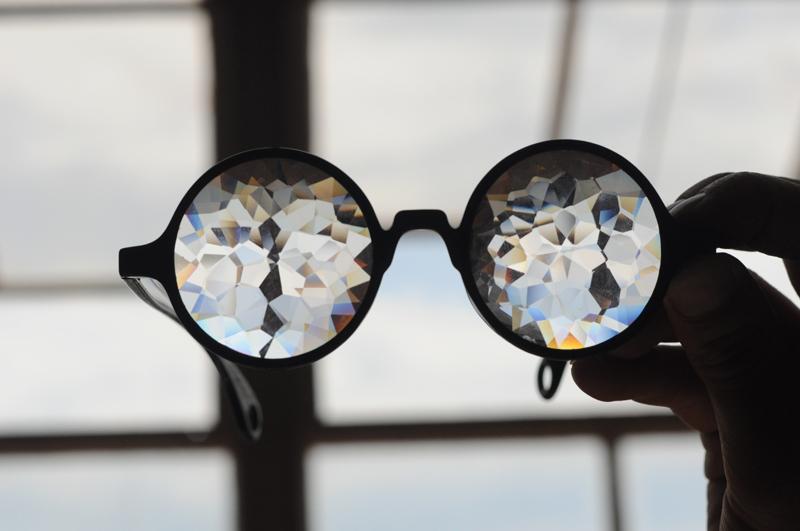
11.26.12
Up and Coming
Assembly, Furniture Designers
Even for struggling post-grads, the constraints under which Pete Oyler and Nora Mattingly of the fledgling design studio Assembly created their debut furniture collection would be considered rather limiting. The couple — he a Kentucky-born RISD furniture grad, she a Pratt-educated interior design major — were living in a cramped apartment in Bedford-Stuyvesant with a third roommate, sharing a studio space in even farther-out Brooklyn, and commuting nearly four hours to a woodworking shop in Westhampton, Massachusetts, where Oyler had apprenticed for two years before grad school. But rather than chafing against such strictures of space, the two worked with them, creating pieces that were easily transportable and could be effortlessly placed in any small space: side chairs with smaller-than-usual footprints, glass-and-blackened-steel lamps with hand-blown shades hardly bigger than the bulb, even a stripped-down toilet paper–holder that doesn’t consist of much more than a brass cylinder that mounts directly into the wall.
